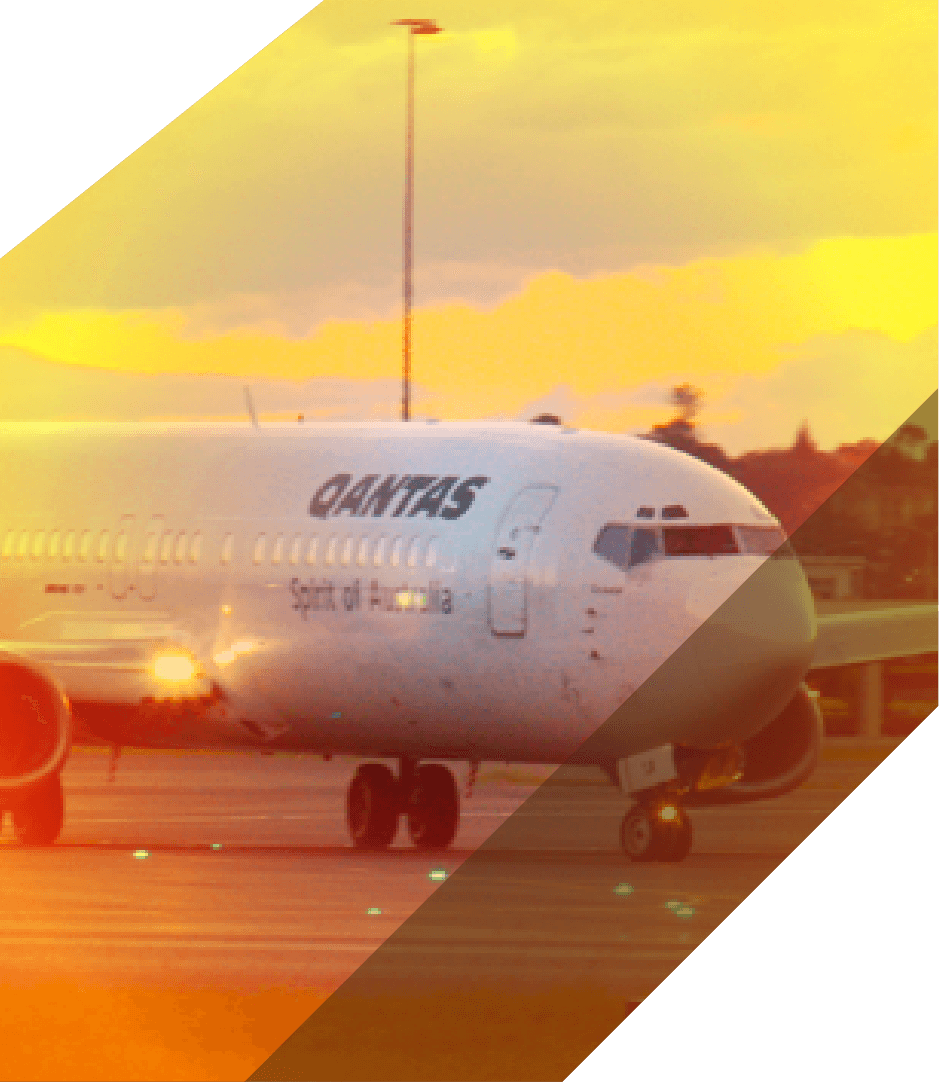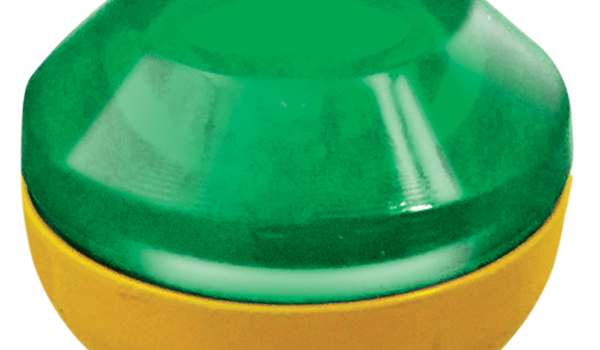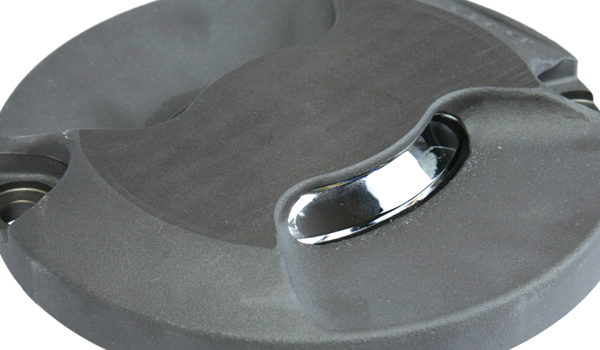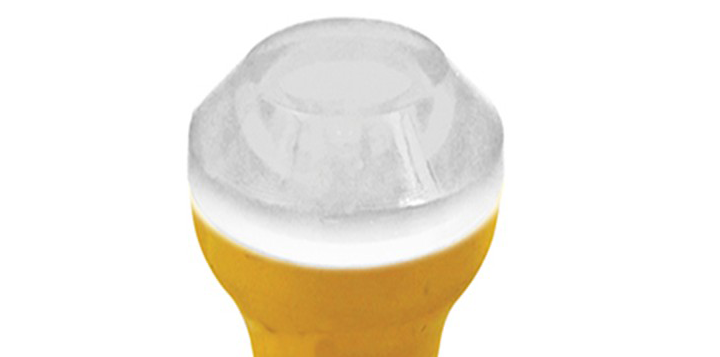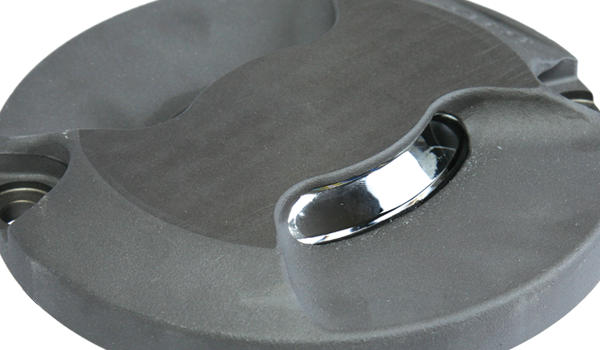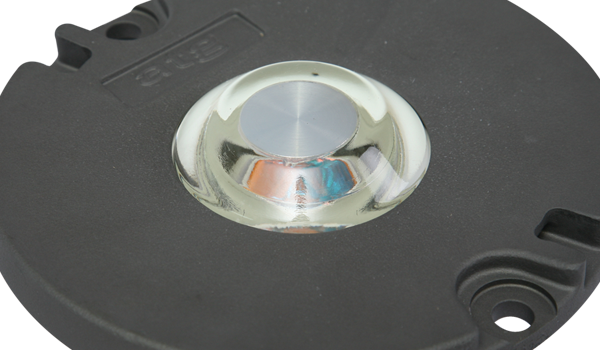Low Intensity Runway Lighting Applications
Low-intensity runway lighting is a simple lighting system employed on airfields where the minimum lighting specification is required. Typically, the lighting patterns will be the same as high intensity systems, but the candela output of the fixtures is much less.
Low-intensity airfield lighting is powered by a 6.6amp circuit supplied by a constant current regulator. You can use a simple control system to operate this lighting, however, it’s common to see it linked to an ARCAL system so pilots can activate the lighting when on approach or departing.
Low-intensity lighting systems consist of four different types of lighting fixture:
- Omni-directional runway edge lights: runway edge lights are positioned beyond or just along the edge of the runway and are most commonly white, though specific exceptions do apply to this and allow for alternative colours.
- Runway threshold lights: runway threshold lights are positioned in a line along the landing threshold at the approach end of the runway. These lights are green, only visible when on the approach path and can be elevated or inset fixtures.
- Runway end lights: installed in a line along the end of the runway in-use, runway end lights are red and can only be seen in the direction of runway use. These lights can also be elevated or inset.
- Runway threshold/end lights: these lights are a combination of runway end lights and runway threshold lights in a single body, with a green light showing in one direction and a red in the other.


